Service hotline
+86 0755-83044319
release time:2024-03-13Author source:SlkorBrowse:14218
The MOSFET is a metal-oxide-semiconductor field effect transistor. Or metal-insulator-semiconductor. The bipolar transistor amplifies the small change of the current at the input end and outputs a large current change at the output end. The gain of a bipolar transistor is defined as the ratio of output to input current (beta). Another type of transistor, called a field effect transistor (FET), converts changes in input voltage into changes in output current. The gain of a FET is equal to its transconductance, defined as the ratio of the change in output current to the change in input voltage. The FET's name also comes from its input (called the gate) that affects the current flowing through the transistor by projecting an electric field on an insulating layer. In fact no current flows through this insulator, so the gate current of the FET is very small. The most common FET uses a thin layer of silicon dioxide as the insulator under the GATE. Such transistors are called metal-oxide-semiconductor (MOS) transistors, or, metal-oxide-semiconductor field effect transistors (MOSFETs). Because MOSFET are smaller and more power efficient, they have replaced bipolar transistors in many applications.
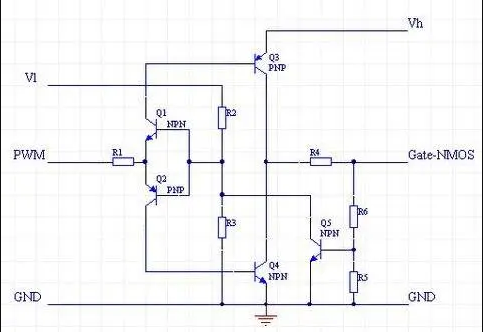
What is MOS? what's the effect?
You can directly go to Baidu Encyclopedia to check the information of MOSFET.
The MOSFET is a metal-oxide-semiconductor field effect transistor, or a metal-insulator-semiconductor. The source and drain of the MOSFET can be reversed, and they are all N-type regions formed in the P-type backgate. In most cases, these two regions are the same, even if the two ends are reversed, it will not affect the performance of the device. Such devices are considered symmetrical.
The bipolar transistor amplifies the small change of the current at the input end and outputs a large current change at the output end. The gain of a bipolar transistor is defined as the ratio of output to input current (beta). Another type of transistor, called a field effect transistor (FET), converts changes in input voltage into changes in output current. The gain of a FET is equal to its transconductance, defined as the ratio of the change in output current to the change in input voltage.
The FET's name also comes from its input (called the gate) that affects the current flowing through the transistor by projecting an electric field on an insulating layer. In fact no current flows through this insulator, so the gate current of the FET is very small. The most common FET uses a thin layer of silicon dioxide as the insulator under the GATE. Such transistors are called metal-oxide-semiconductor (MOS) transistors, or, metal-oxide-semiconductor field effect transistors (MOSFETs). Because MOSFET are smaller and more power efficient, they have replaced bipolar transistors in many applications.
First look at a simpler device - the MOS capacitor - to better understand the MOSFET. The device has two electrodes, one of metal and the other of extrinsic silicon, separated by a thin layer of silicon dioxide. The metal pole is the GATE, and the semiconductor terminal is the backgate or body. The insulating oxide layer between them is called gate dielectric. The device shown has a backgate made of lightly doped P-type silicon. The electrical characteristics of this MOS capacitor can be explained by connecting the backgate to ground and the gate to different voltages. The GATE potential of the MOS capacitor is 0V. The difference in WORK FUNCTION between metal GATE and semiconductor BACKGATE creates a small electric field on the dielectric. In the device, this electric field causes the metal poles to be slightly positive and the P-type silicon negative. This electric field attracts electrons from the bottom layers of the silicon to the surface, and it repels holes from the surface at the same time. This electric field is too weak, so the change in carrier concentration is very small, and the influence on the overall characteristics of the device is also very small.
What happens when the GATE of the MOS capacitor is forward biased with respect to the BACKGATE. The electric field across the GATE DIELECTRIC intensifies, and more electrons are pulled up from the substrate. At the same time, holes are repelled from the surface. As the GATE voltage increases, there will be more electrons than holes on the surface. Because of the excess electrons, the silicon surface looks like N-type silicon. The reversal of doping polarity is called inversion, and the reversed silicon layer is called channel. As the GATE voltage continues to rise, more and more electrons accumulate on the surface, and the channel becomes a strong inversion. The voltage at which the Channel is formed is called the threshold voltage Vt. When the voltage difference between GATE and BACKGATE is less than the threshold voltage, no channel is formed. When the voltage difference exceeds the threshold voltage, the channel appears.
MOS capacitors: (A) unbiased (VBG=0V), (B) inverted (VBG=3V), (C) accumulated (VBG=-3V).
The middle is the case when the GATE of the MOS capacitor is a negative voltage with respect to the backgate. The electric field is reversed, attracting holes to the surface and repelling electrons. The silicon surface appears to be more heavily doped, and the device is considered to be in an accumulation state.
The characteristics of MOS capacitors can be used to form MOS transistors. Gate, dielectric and backgate remain as they are. On either side of the GATE are two additional selectively doped regions. One of them is called source and the other is called drain. Assume that both source and backgate are grounded, and drain is connected to a positive voltage. As long as the voltage between GATE and BACKGATE is still less than the threshold voltage, no channel will be formed. The PN junction between the drain and the backgate is reverse biased, so only a small amount of current flows from the drain to the backgate. If the GATE voltage exceeds the threshold voltage, a channel appears under the GATE dielectric. This channel is like a thin layer of N-type silicon that shorts the drain and source. A current consisting of electrons flows from the source through the channel to the drain. In general, there will be drain current only when the gate-to-source voltage V exceeds the threshold voltage Vt.
In a symmetrical MOSFET, the labeling of source and drain is somewhat arbitrary. By definition, carriers flow out of the source and into the drain. Therefore, the identity of Source and drain is determined by the bias of the device. Sometimes the bias voltage on the transistor is not fixed, and the two leads will switch roles with each other. In this case, the circuit designer must specify that one is the drain and the other is the source.
Source and drain are asymmetric MOSFET with different doping and different geometric shapes. There are many reasons to make asymmetric transistors, but all have the same end result. One lead terminal is optimized as drain and the other is optimized as source. If the drain and source are swapped, the device will not work properly.
Transistors have N-type channel so it is called N-channel MOSFET, or NMOS. A P-channel MOS (PMOS) tube also exists, which is a P-MOSFETcomposed of a lightly doped N-type BACKGATE and a P-type source and drain. If the GATE of this transistor is forward biased with respect to the BACKGATE, electrons are attracted to the surface and holes are repelled from the surface. The surface of the silicon is accumulated, and no channel is formed. If GATE is reverse biased with respect to BACKGATE, holes are attracted to the surface and a channel is formed. Therefore, the threshold voltage of the PMOS transistor is negative. Since the threshold voltage of NMOS is positive and the threshold voltage of PMOS is negative, engineers usually remove the sign in front of the threshold voltage. An engineer might say, "PMOS Vt rises from 0.6V to 0.7V", when in fact the PMOS Vt drops from -0.6V to -0.7V.

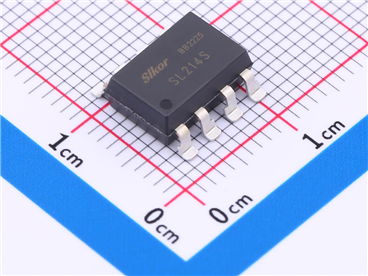
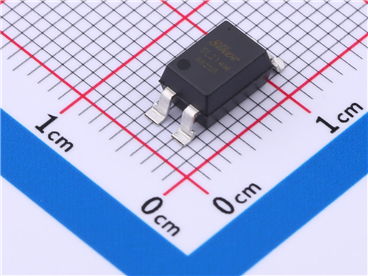
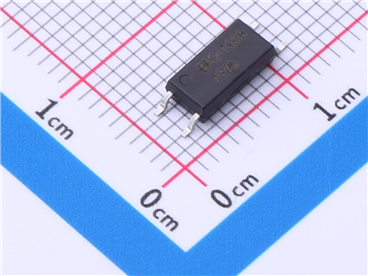
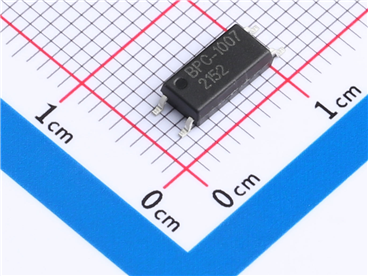


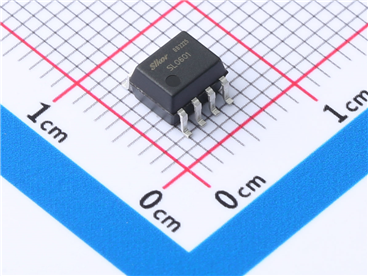

Site Map | 萨科微 | 金航标 | Slkor | Kinghelm
RU | FR | DE | IT | ES | PT | JA | KO | AR | TR | TH | MS | VI | MG | FA | ZH-TW | HR | BG | SD| GD | SN | SM | PS | LB | KY | KU | HAW | CO | AM | UZ | TG | SU | ST | ML | KK | NY | ZU | YO | TE | TA | SO| PA| NE | MN | MI | LA | LO | KM | KN
| JW | IG | HMN | HA | EO | CEB | BS | BN | UR | HT | KA | EU | AZ | HY | YI |MK | IS | BE | CY | GA | SW | SV | AF | FA | TR | TH | MT | HU | GL | ET | NL | DA | CS | FI | EL | HI | NO | PL | RO | CA | TL | IW | LV | ID | LT | SR | SQ | SL | UK
Copyright ©2015-2025 Shenzhen Slkor Micro Semicon Co., Ltd